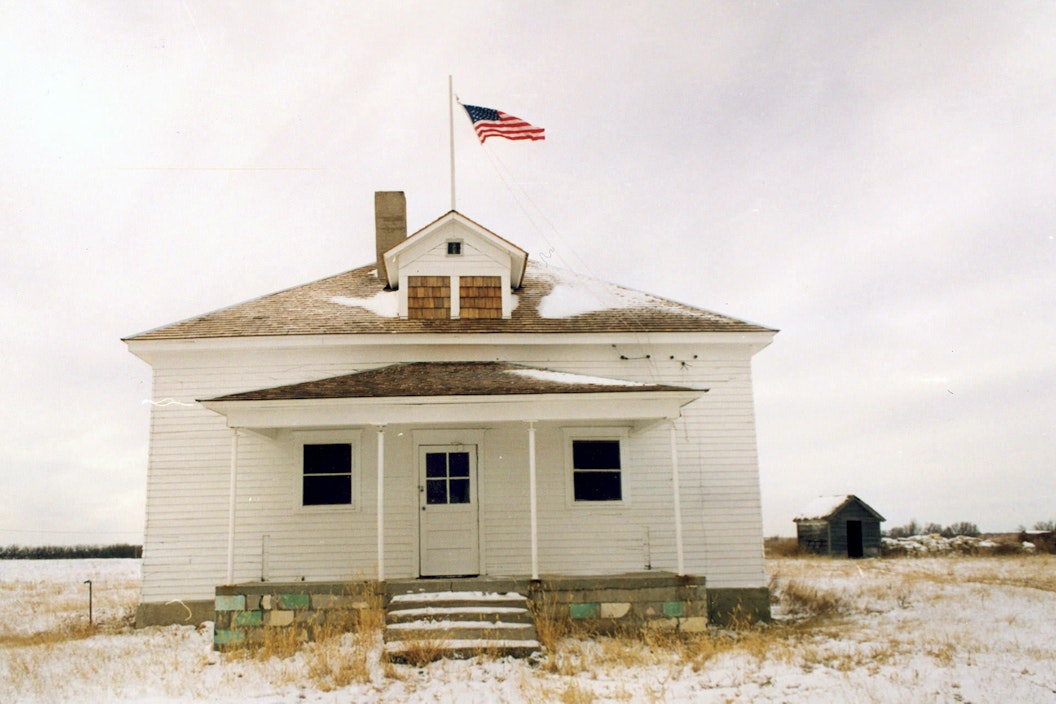
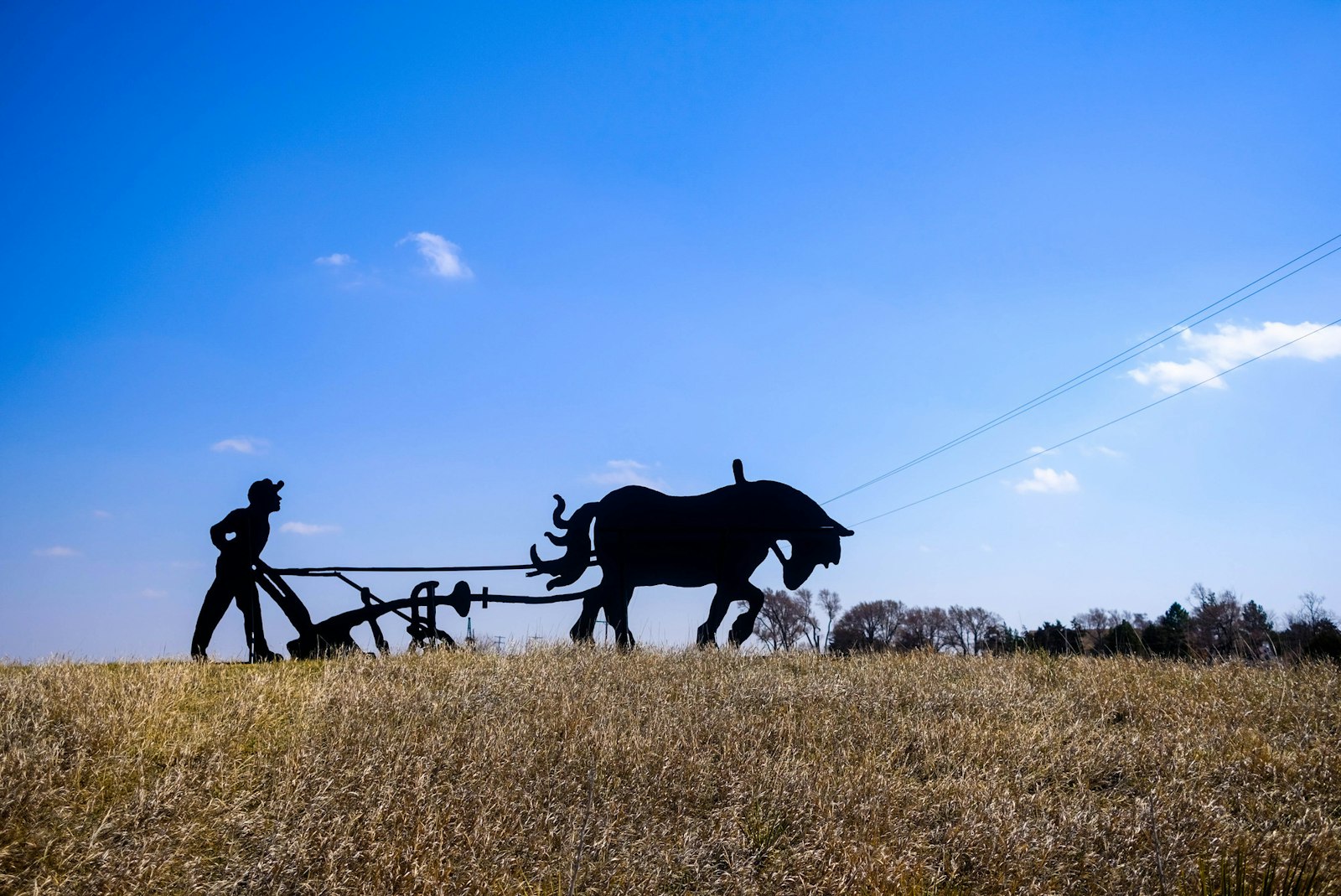
.
.
Founded in 1877, Nicodemus, Kansas is the oldest black town west of the Mississippi River and continues as a vibrant town today. The town’s rich history is now preserved and shared by Nicodemus National Historic Site. Although the park was established in 1996, it doesn’t have a permanent administrative and visitor center space. To help visitors better understand the full story of the town and Reconstruction Era, the National Park Foundation (NPF) worked with Trust for Public Land (TPL) to acquire the land needed for a new facility.
The Significance of Nicodemus
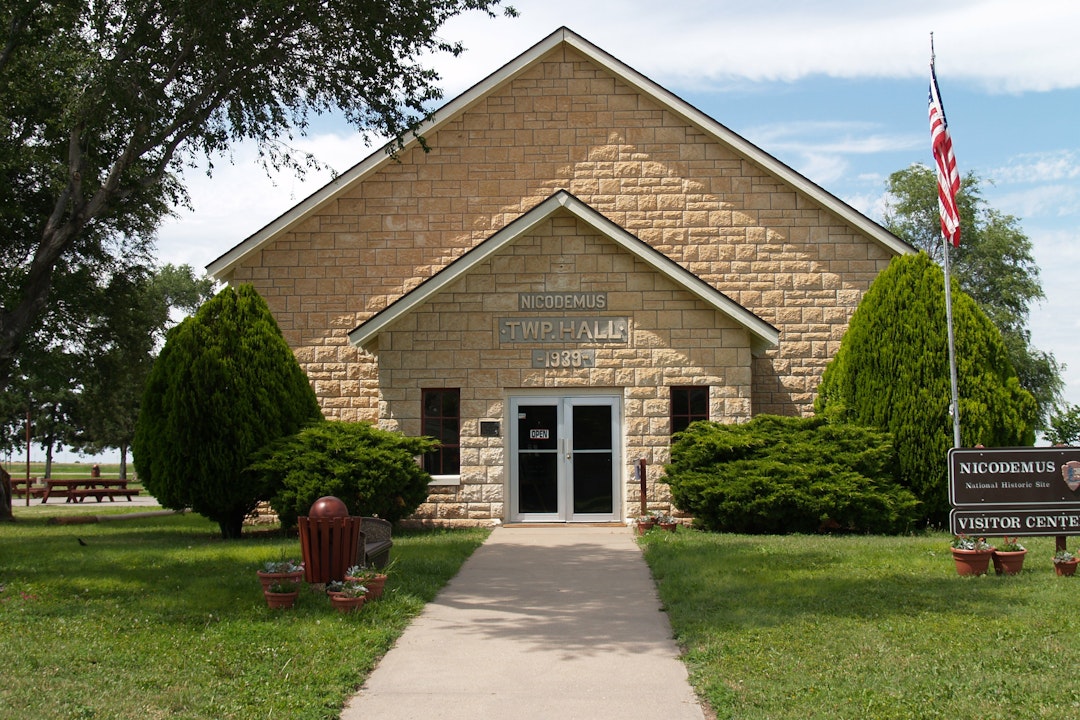
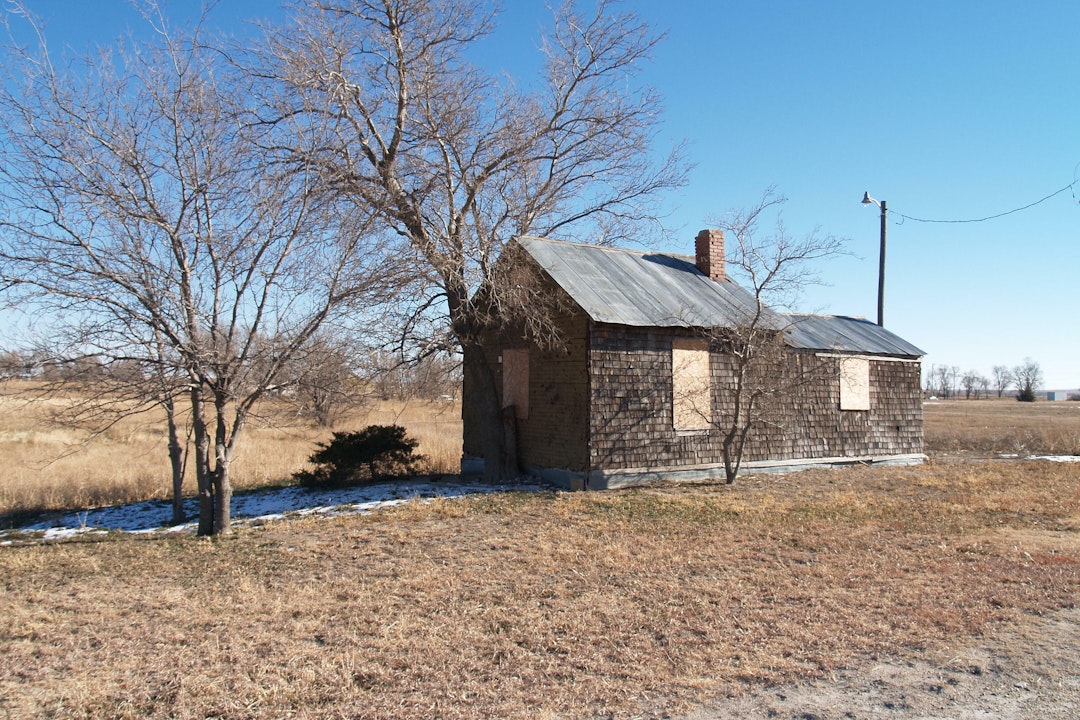
Formed as part of post-Civil War migration and western expansion in the U.S., Nicodemus is symbolic of the tenacity and pioneering spirit of newly freed African Americans. Original community members dreamed of and successfully built a town for themselves, pursuing opportunities to earn a living and raise families in freedom and independence.
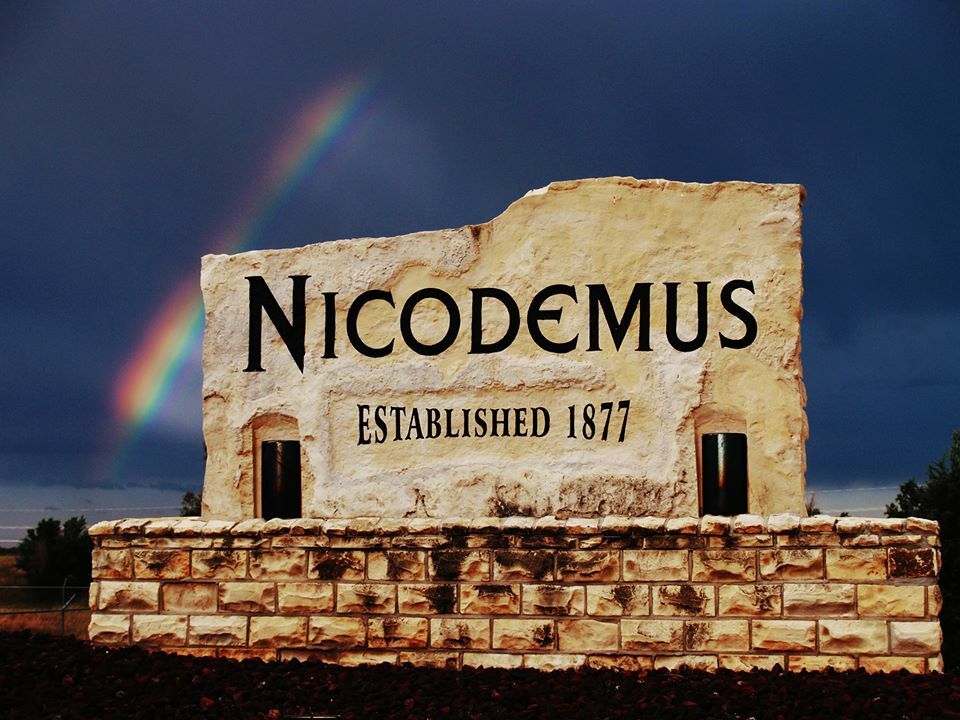
Nicodemus was founded in 1877, led by Rev. W.H. Smith, a black minister, and W.R. Hill, a white land developer, and five other black men who formed the Nicodemus Town Company and began visiting churches in Kentucky to encourage people to move to Kansas, a free state, formerly part of the Underground Railroad.
People seeking a new and better life arrived from the south to Nicodemus. The homesteaders were able to acquire land in Nicodemus, securing a place to experience freedom. The large-scale black migration from the south to Kansas came to be known as the "Great Exodus," and those participating in it were called "exodusters."
By the mid-1880s Nicodemus was a small, bustling town with two newspapers, three general stores, and at least three churches. The town also had a number of small hotels, an ice cream parlor, bank, and livery. At its heyday, an estimated 600 people called Nicodemus home.
The Project
To tell the complete story of Nicodemus and the pioneers who called it home, NPF and TPL helped acquire land for a new visitor space on a vacant lot in town.
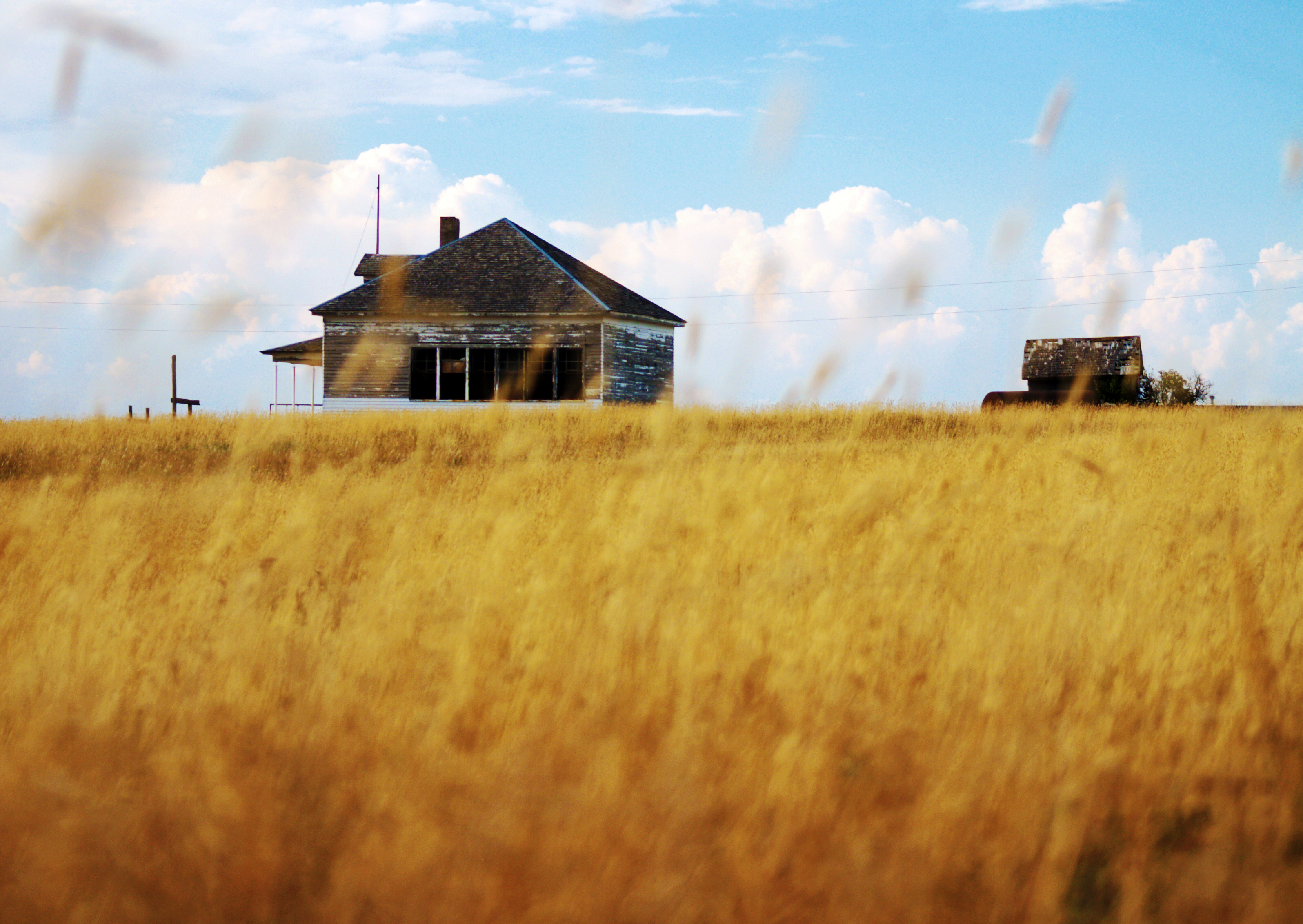
NPF helped fund both the purchase of the 1.04-acre property, as well as due diligence costs required — including ensuring the land hasn’t been contaminated by pesticide use through past farming practices. NPF and TPL’s work helped to fast-track this acquisition, which could otherwise take years.
After receiving the all-clear on that parcel of land, TPL donated the property to NPS in September 2022.

Work is also underway on educational content — including a re-enactment video created by the Nicodemus Historical Society featuring living descendants, wagon masters, and outriders. The film will tell the story of the first group of settlers to arrive in Nicodemus in September 1877 and depict the last leg of their journey from Kentucky to Nicodemus, a 35-mile trek crossing open prairie, two rivers, and valleys and hills.
The partnership continues with an additional NPF grant helping fund community engagement opportunities where NPF, TPL, NPS, the Nicodemus Historical Society, Kansas State University, and the local community are all collaborating to gather public input and envision a future for the town and for the future visitor space.
Related Programs
-
 Land Conservation
Land Conservation

